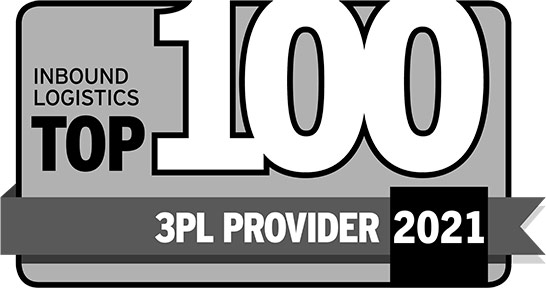Understanding NAFTA and its Implications for Supply Chain Logistics

Trade agreements can have a major impact on the way a company does business—most noticeably on their supply chain management system. The transportation of goods from one country to another is already inherently problematic, but knowing the many provisions interwoven within these trade agreements can be even more so challenging.
Perhaps the most famous of trade agreements is the North American Free Trade Agreement (NAFTA). This free-trade agreement between Canada, Mexico and the United States, was enacted in 1994 and now, over 20 years later, continues to be the largest free trade agreement in the world. The agreement, which took parts of three U.S. Presidential terms to accomplish, created a trilateral rules-based trade bloc throughout North America that helped expand trade relations between the U.S. and the other NAFTA members. It also allowed all three countries to be more competitive in the global marketplace.
NAFTA without a doubt ended up opening doors for these three countries, but it also created a host of new issues for companies operating within them – most of which affected the supply chain management side of things related to imports and exports.
Check out Legacy’s VP of Transportation discuss shipping dilemmas>>>
Here’s some examples of provisions included within NAFTA that have a direct affect on supply chain management – both in terms of efficiency and cost.
- Allows for a phased elimination of tariffs and the eventual removal of many non-tariff barriers to trade, meaning companies experienced cost savings
- Provides for uniform country of origin provisions, meaning the process of determining where goods came from was streamlined, thereby reducing the workload
- Eliminates or reduces tariffs, which effectively helped greatly reduce obstacles to the movement of component and finished goods across borders
- Eliminates custom charges, which allowed all three countries to do away with fees on goods originating in a NAFTA country
- Allows for the liberal regulation of land transportation through opening of the border and interior of Mexico to U.S. truckers and streamlining border processing and licensing requirements
Perhaps one of the biggest provisions included in NAFTA – one that will ultimately impact a company’s supply chain– involves limitations on import and exports. They include:
- Permits all three countries to limit or restrict imports and exports from non- NAFTA countries so long as the supply of that product to other NAFTA countries is not reduced
- Prohibits export restraints that disrupt “normal” supply channels
- Eliminates quotas and import licenses, but does allow each nation to maintain the right to impose border restrictions in certain circumstances, for example, to protect human, animal, or plant health, as well as the environment
- Incorporates detailed rules regulating restrictions applicable to the trade of automobiles, textiles, energy, and agriculture
In today’s free trade-minded environment, it’s imperative to understand and take advantage of trade benefits created through NAFTA, as well as those that may exist from other agreements around the world.
Learn How LEGACY SCS Can Help You Navigate Dynamic Supply Chains >
Navigating the ever-changing economic and regulatory landscape required to do international commerce can be a challenging task. The playing field changes daily – are you prepared with a sound supply chain strategy that:
- optimizes your global transportation dollar,
- while at the same time protects against supply chain risk?
We recently published a guide to equip logistics managers with the tools needed to develop a sound international transportation operation. Download our latest ebook – International Transportation: Price Matters, But at What Cost?
Get Insights. Stay Ahead.
Get the latest news and insights via email on warehouse improvement, transportation optimization, labor strikes and international shipping rate changes.Popular Posts
Search Posts
-
2024 Q1 Freight Landscape: Trends, Challenges, and Predictions
As the first quarter of 2024 comes to an end, here are some observations over the past few months as well as predictions about the trucking...
+ Read more -
Baltimore Bridge Impact Assessment – Update
Following the recent Baltimore Bridge collapse and subsequent port closures, we want to keep our customers informed about the situation and...
+ Read more -
Global Momentum Builds for Charge on Global Shipping Sector’s CO2 Emissions
A growing coalition of 47 countries, including key players like the European Union, Canada, Japan, and various Pacific Island nations, is...
+ Read more









